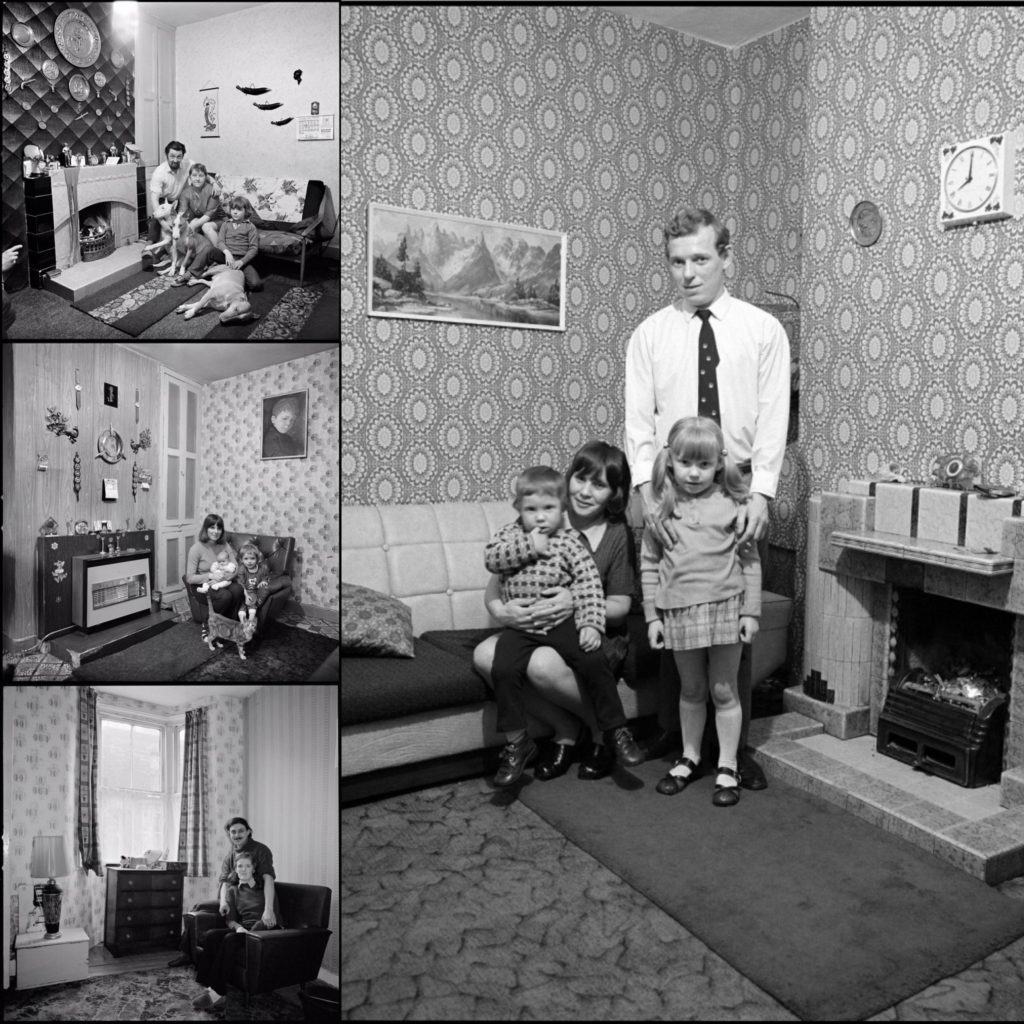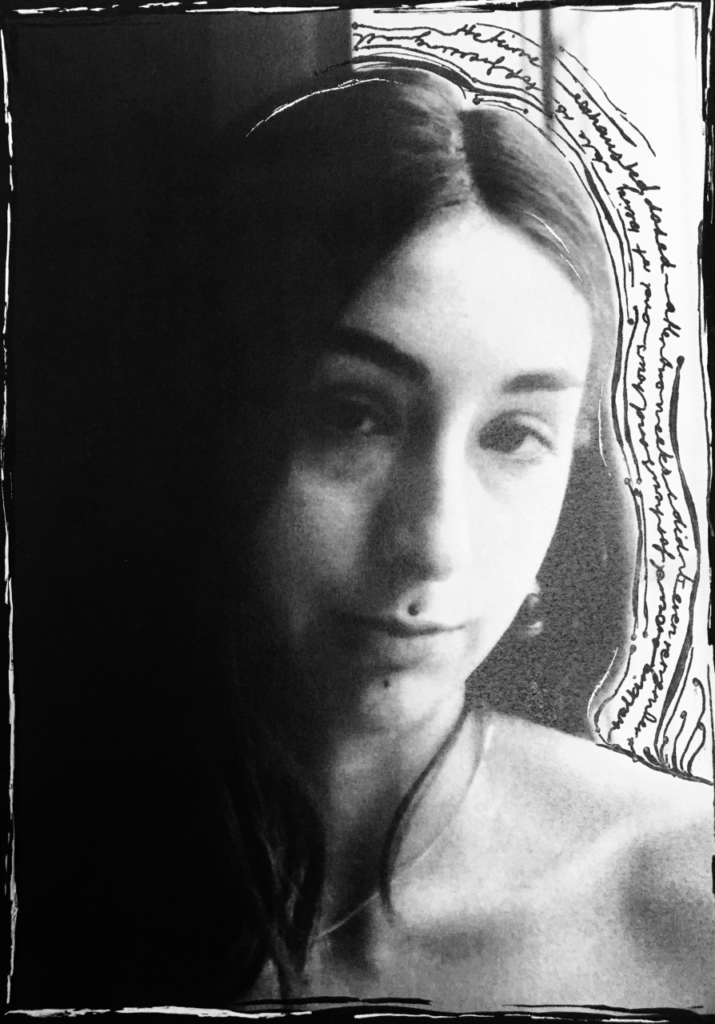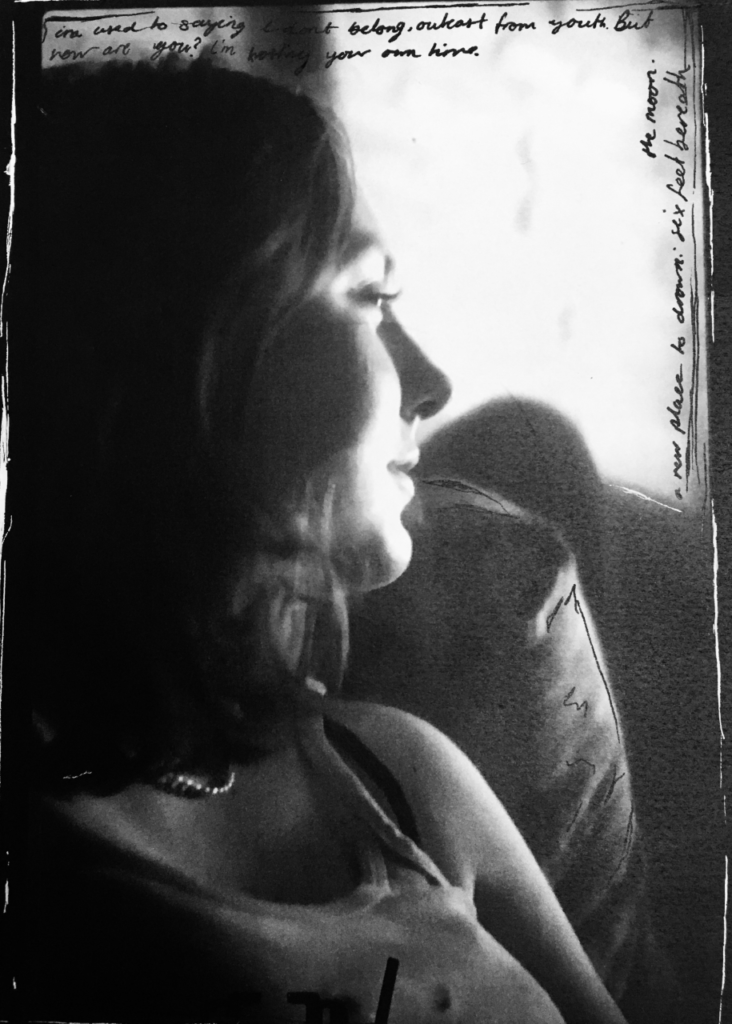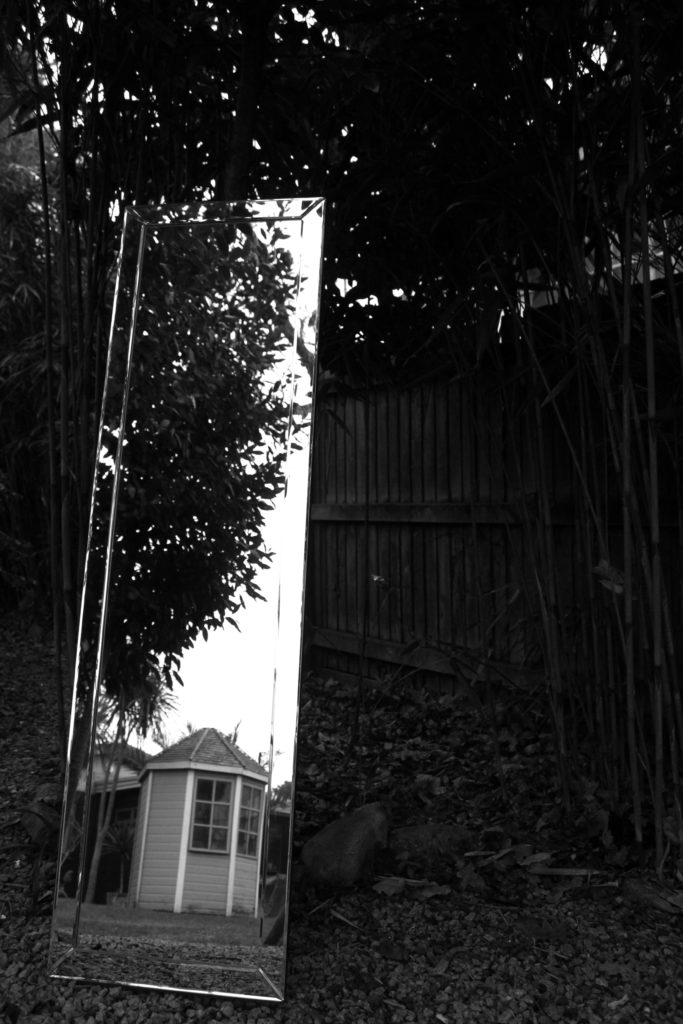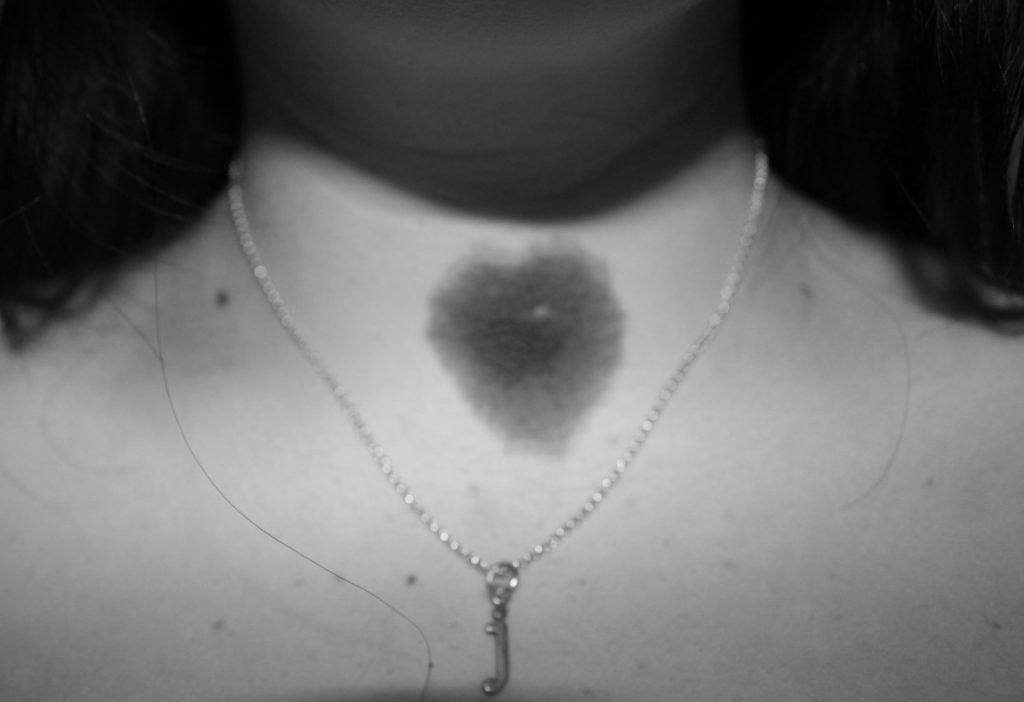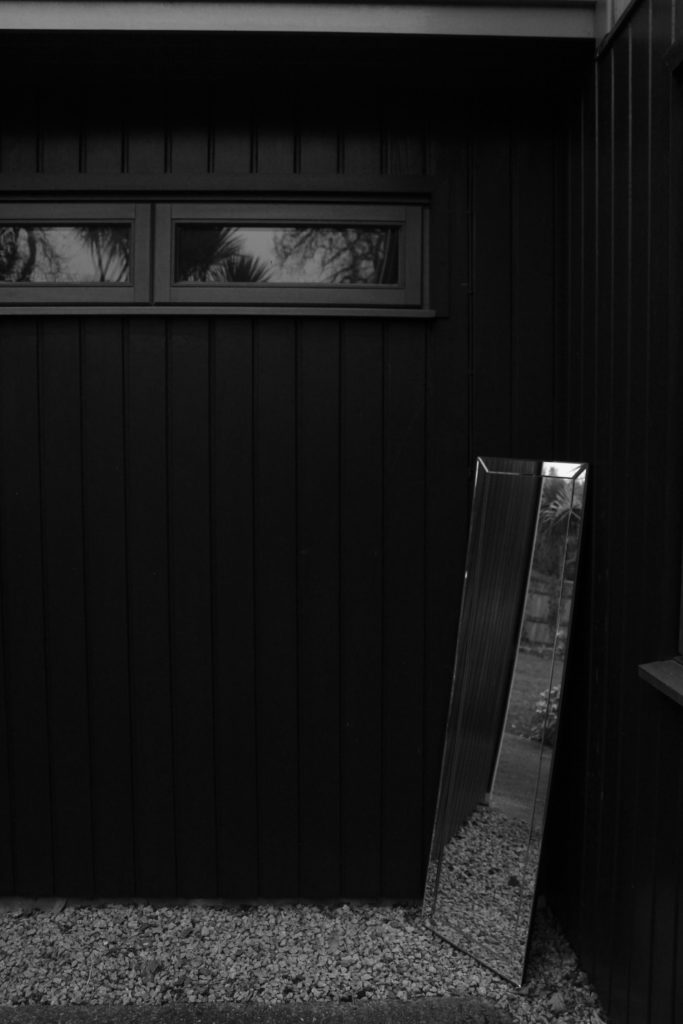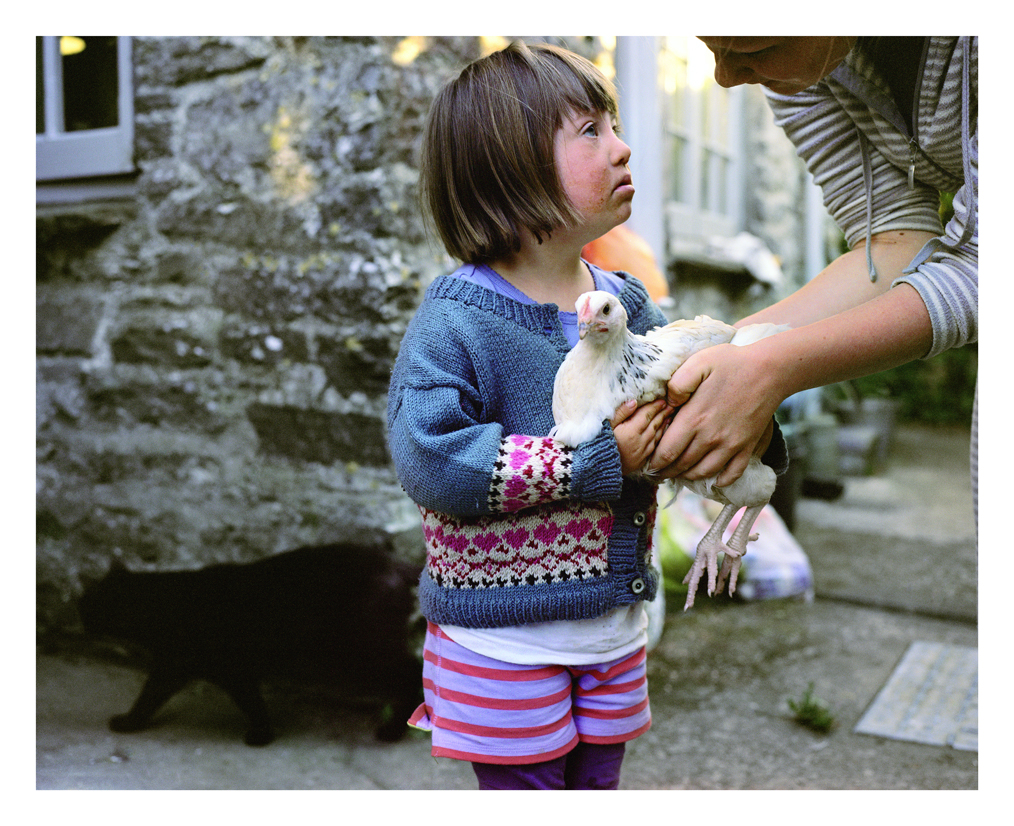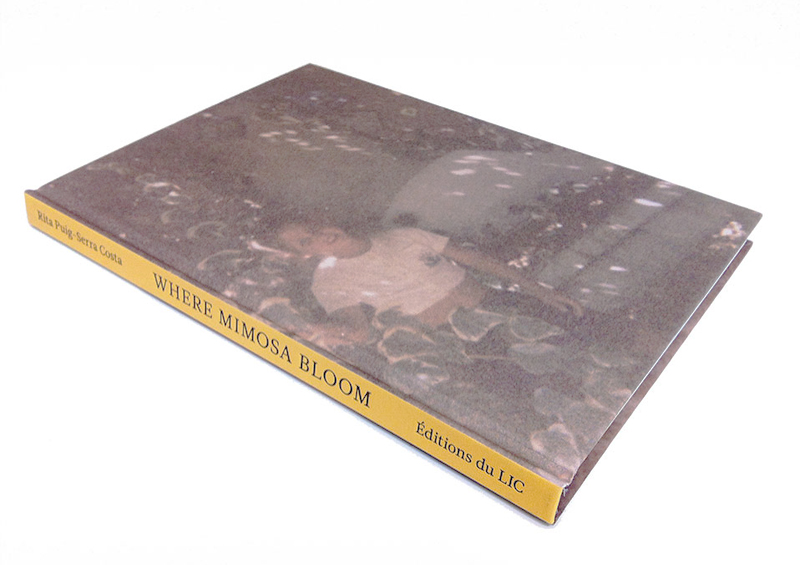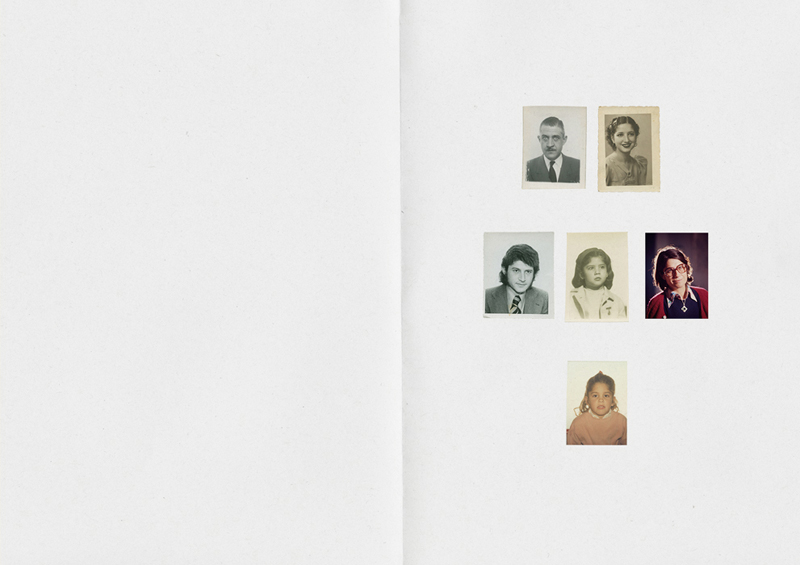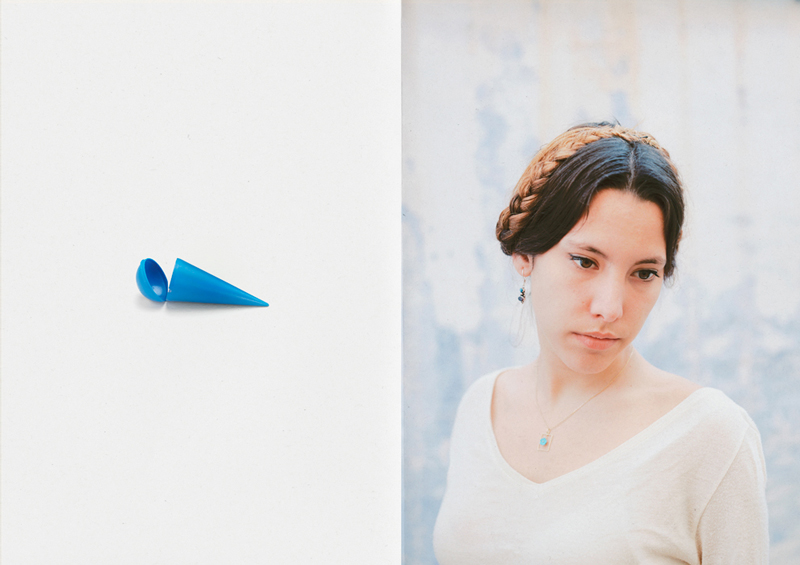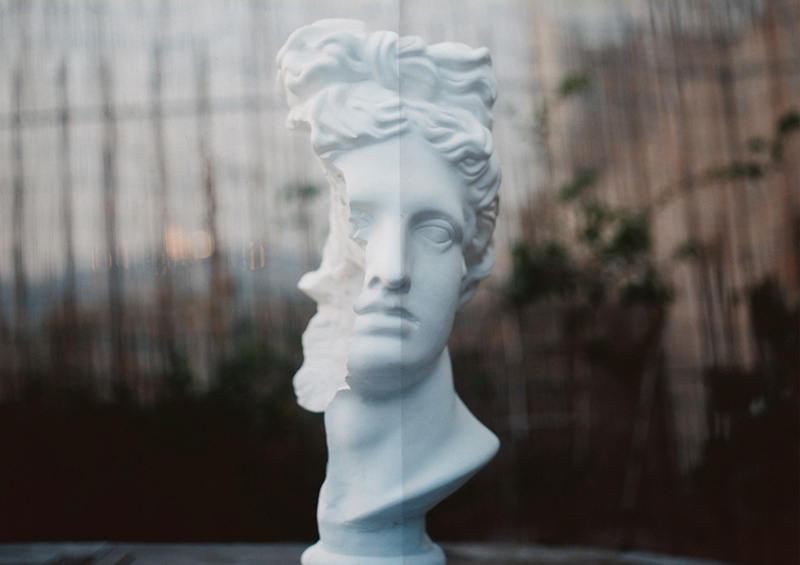Planning:
After my close analysis to the work of Walker Evans, I decided to conduct a photo shoot which captured my Grandparents lifestyle, by presenting their narrative through their outfit and emotion through facial expression, like Evans’ imagery of Allie Mae Burroughs. I intend to capture a lot of this imagery outside, using the exterior of my Grandparents house in order to make close contentions with his work and also plan to take a few (not many inside) to experiment with this technique and whether it will withstand the same conceptual representation as it would if the photographs were taken outside. Prior to this shoot, I contacted my Grandparents and asked them to wear an outfit which they believe showcases themselves and their lifestyle. In addition, I asked them to choose areas of their house, outdoor and indoors, which they spend the most time in and feel most comfortable in, which will allow the naturalistic documentary photography to accurately depict their reality. With regards to my camera, I intend to use my DSLR, utilising a quick shutter speed, low ISO, and experimenting with the aperture to add depth of field, and dependent on the natural lighting provided.
Edits:

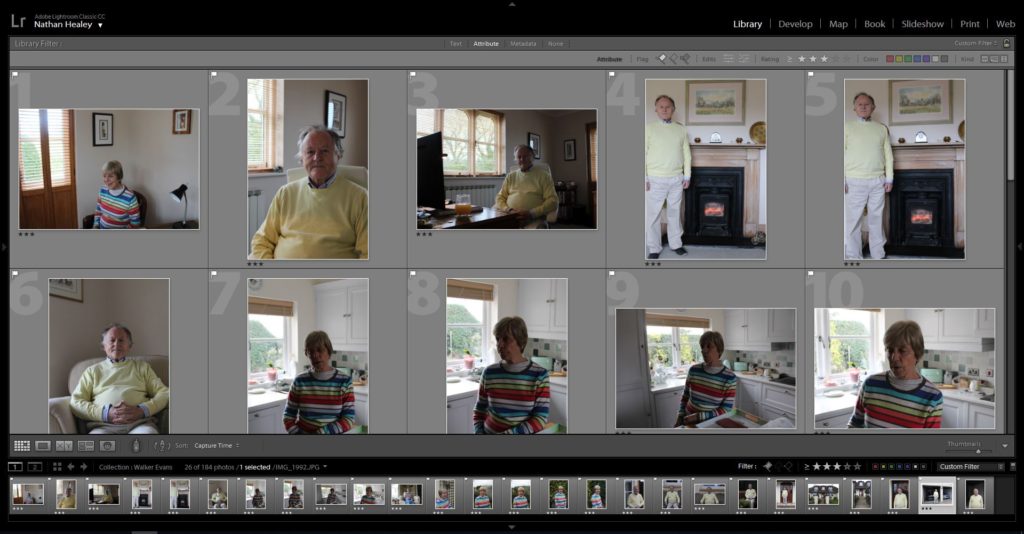

Outcomes:
In respect to editing my outcomes from this photoshoot, I wanted to produce final imagery which held the stylistic features of Evans’ work. In order to achieve this I made all of my outcomes be presented in black and white, and looked at creating high tonal contrast to allow facial features to help express and convey the lifestyle in which my grandparents live in. To achieve this I looked at adjusting the contrast, structure, blacks whites and shadows in order to achieve this intended effect. My final selection are images which I believe have the same simplistic composition, but still holds strong conceptual and contextual representation, about the life my grandparents live and providing information about how they achieved this lifestyle, which is further explained in my photograph analysis.






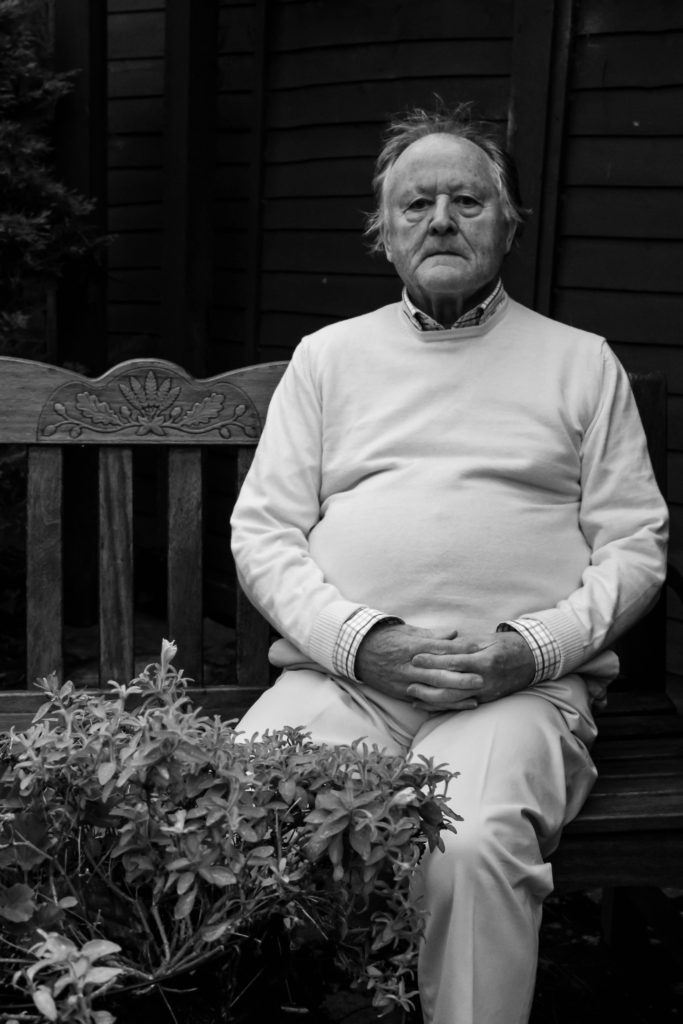


Analysis:
The two photographs below is my photograph which has taken inspiration from Evans’ imagery, which I believe shows my understanding and application of Evans’ photographic technique. The framing of the two images are very similar, both present the subject in the foreground, with the background being wooden and simplistic, not distracting the viewers. Similarly, both images are presented in black and white with high tonal contrast, which has allowed the detail and structure of the subjects to clearly stand out to present conceptual representation. In addition, the methodology used to capture both photographs share a lot in common, with a low ISO being used, a quick shutter speed, low aperture due to no significant depth of field, and natural lighting being utilised. Comparing the two images visually, my image shows more structure and detail, which allows a warmer atmosphere to be presented holding ameliorative connotations, which contrast Evan’s image which is a lot more smooth and naturalistic which holds a cold atmosphere, creating pejorative connotations. Along side this, the outfits of the two models are different as it clearly shows two different socio economic status of two people, and showcases their lifestyle.
Conceptually, Evan’s captured Tenant Farmers in Alabama, and their lifestyle through portraits of different families. Where as I have captured my Grandad in order to present his life story, from when he was younger working in finance and making his fortune to be able to live his wealthy and happy lifestyle now a days. Contextually, the subjects in Evans’ imagery had low income and would not be able to change their lifestyle due to their situational factors. Where as, I contextually presented Jersey as a finance institute which holds the most income on the Island, it also shows how my Grandad worked in this field as he know he could make a lot of money for it in order to afford this lifestyle later on in life.

My Imagery 
Walker Evans – Allie Mae Borrough
Conclusion:
To conclude, I believe I have reinforced my ability to produce photographs which take on the stylistic features of another artist. In addition, I have also been able to apply similar conceptual representations within my work as another artists, which shows my ability to apply different elements of artists work through my understanding of their methodology. I have been able to explore capturing my subjects in a different environment, which presents them in a new ‘limelight’. Technically, I have shown my ability to capture portraits in an outdoor environment, and have again reinforced my ability to capture high quality portraits. I believe this photo shoot has been successful as I have been able to produce high quality imagery which clearly showcases lifestyle in the stylistic way of Walker Evans.

